Your next stop on this itinerary is for three nights and four days. The Washington, DC area, both in the US capital city and its suburban communities, has a unique local economy driven by government spending that has also fueled the development of downtown and neighborhood construction. This in turn has spawned a demand for nightlife and weekend amenities for the educated and environmentally conscious local population as well as out of town visitors.
Washington, DC historic sites museums performing arts and music
Historic sites the National Mall is a large, open park area in the center of the city. Located in the center of the Mall are the Washington Monument and the Jefferson Pier. Also located on the mall are the Lincoln Memorial, the World War II Memorial at the east end of the Reflecting Pool, the Korean War Veterans Memorial, and the Vietnam Veterans Memorial. Directly south of the mall, the Tidal Basin features rows of Japanese Cherry Blossoms blossom trees that were presented as gifts from the nation of Japan. The FDR Memorial and Jefferson Memorial are located around the Tidal Basin.
 The Smithsonian is an educational foundation chartered by Congress in 1846 that maintains most of the nation’s official museums and galleries in Washington, D.C. The U.S. government partially funds the Smithsonian, thus making its collections open to the public free of charge. The most visited of the Smithsonian museums in 2007 was the Museum of Natural History located on the National Mall. Other Smithsonian Institution museums and galleries located on the mall are: The Air and Space Museum; the Museum of African art; the Museum of American History; and the Smithsonian Institution Building, also known as “The Castle”, which serves as the institution’s headquarters.
The Smithsonian is an educational foundation chartered by Congress in 1846 that maintains most of the nation’s official museums and galleries in Washington, D.C. The U.S. government partially funds the Smithsonian, thus making its collections open to the public free of charge. The most visited of the Smithsonian museums in 2007 was the Museum of Natural History located on the National Mall. Other Smithsonian Institution museums and galleries located on the mall are: The Air and Space Museum; the Museum of African art; the Museum of American History; and the Smithsonian Institution Building, also known as “The Castle”, which serves as the institution’s headquarters.
There are many private art museums in the District of Columbia, which house major collections and exhibits open to the public such as: the National Museum of Women in the Arts; the Corcoran Gallery of Art, the largest private museum in Washington; and the Phillips Collection, the first museum of modern art in the United States. Other private museums in Washington include the Newseum, the International Spy Museum and the National Geographic Museum. The United States Holocaust Memorial Museum located near the National Mall maintains exhibits, documentation, and artifacts related to The Holocaust.
 Performing arts and music Washington, D.C. is a national center for the arts. The John F Kennedy Center for the Performing Arts is home to the National Symphony Orchestra, the National Opera, and the Washington Ballet. Washington also has a local independent theater tradition. Institutions such as Arena Stage, and the Studio Theatre feature classic works and new American plays.
Performing arts and music Washington, D.C. is a national center for the arts. The John F Kennedy Center for the Performing Arts is home to the National Symphony Orchestra, the National Opera, and the Washington Ballet. Washington also has a local independent theater tradition. Institutions such as Arena Stage, and the Studio Theatre feature classic works and new American plays.
The U Street Corridor in Northwest D.C., known as “Washington’s Black Broadway”, is home to institutions like Bohemian Caverns and the Lincoln Theatre. Other jazz venues feature modern blues such as Madam’s Organ in Adams Morgan and Blues Alley in Georgetown. D.C.
Potomac River Trails
The Lower Potomac, Anacostia, Patuxent and Wicomico rivers are among the major waterways in the region, but hundreds of smaller streams, creeks and rivers abound providing numerous opportunities for recreational boating.
 Anacostia River Watershed 176 square mile area of land encompasses most of the eastern half of the District of Columbia and large portions of Prince George’s County and Montgomery County in Maryland. The Anacostia has 13 major tributary creeks and streams – many with their own sub-watershed citizen advocacy groups; it starts near Bladensburg, MD, and runs for 8.5 miles before meeting the Potomac River at Hains Point in Washington, DC.
Anacostia River Watershed 176 square mile area of land encompasses most of the eastern half of the District of Columbia and large portions of Prince George’s County and Montgomery County in Maryland. The Anacostia has 13 major tributary creeks and streams – many with their own sub-watershed citizen advocacy groups; it starts near Bladensburg, MD, and runs for 8.5 miles before meeting the Potomac River at Hains Point in Washington, DC.
Anacostia River Trails and Port Towns The word Anacostia is derived from the Nacotchtank Indian word anaquash; it means village trading center. In the 18th century the port at Bladensburg, Maryland, was 40 feet deep and served as a major center for colonial shipping fleets. Today, at Bladensburg Waterfront Park, site of the old port, the water often measures 3 feet deep or less. In the 18th century, the Anacostia River flowed through 2,500 acres of tidal wetlands. Today, less than 150 acres of wetland remain.
Annapolis, Maryland
Hammond-Harwood House an 18th Century Arts & Architecture Museum in Annapolis, Maryland. The gentleman planter Matthias Hammond began work in 1774 with renowned architect William Buckland on plans for a new, elegant townhouse in the most fashionable area of Annapolis.
 An Anglo-Palladian mansion featuring some of the best woodcarving and plasterwork in America
An Anglo-Palladian mansion featuring some of the best woodcarving and plasterwork in America
Reading and Writing History Designed to give high school students a hands-on lesson about Colonial American history. The program is divided up into three mini-sessions each with its own goals: a colonial house tour, an introduction to history resources, and a session of hands-on group study. The program covers topics which include common and indentured laborers, slave life, the life of craftsmen, gentry activities and leisure time, decorative arts, and architecture. Other topics may be added on request.
Baltimore, Maryland
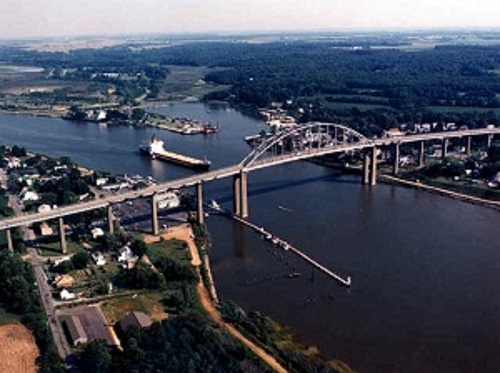 Historic Ships in Baltimore’s half-day programs provide an immersive hands-on historic experience with a twenty-first century applicability that encourages team-work, problem solving, and learning. Each program provides introductory ship tours, after which students focus on two areas of the ship and begin to develop a more specialized vocabulary and skill set. At the end of their 2 ½-hour program, learning is reinforced in a written exercise and assessment. Assessment results are forwarded to the teacher. Each program provides a uniquely different approach toward reading, listening, development and reinforcement, involve hands-on activities and are fun, including a live-firing of one of the USS Constellation’s cannons.
Historic Ships in Baltimore’s half-day programs provide an immersive hands-on historic experience with a twenty-first century applicability that encourages team-work, problem solving, and learning. Each program provides introductory ship tours, after which students focus on two areas of the ship and begin to develop a more specialized vocabulary and skill set. At the end of their 2 ½-hour program, learning is reinforced in a written exercise and assessment. Assessment results are forwarded to the teacher. Each program provides a uniquely different approach toward reading, listening, development and reinforcement, involve hands-on activities and are fun, including a live-firing of one of the USS Constellation’s cannons.
The Brandywine Valley
On Day 8, your travel program concludes with a visit to the Brandywine Valley.
Development & Conservancy Issues In the 1960s, Chadds Ford, Pennsylvania in the historic Brandywine Valley, faced a possible massive industrial development that would impact a largely rural community. Also, development plans in floodplain areas threatened to devastate water supplies for numerous communities in southeastern Pennsylvania and northern Delaware. Residents bought endangered land and founded the Brandywine Conservancy in 1967. The first conservation easements, protecting more than five and one-half miles along the Brandywine, were granted in 1969.
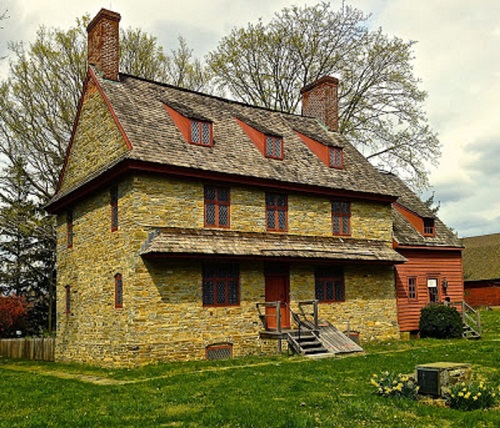 These Experiences have placed the Brandywine Valley communities in the forefront of responsible land use, open space preservation and water protection with a focus on integrating conservation with economic development through land stewardship and local government assistance programs working with individuals, state, county and municipal governments and private organizations to permanently protect and conserve natural, cultural and scenic resources.
These Experiences have placed the Brandywine Valley communities in the forefront of responsible land use, open space preservation and water protection with a focus on integrating conservation with economic development through land stewardship and local government assistance programs working with individuals, state, county and municipal governments and private organizations to permanently protect and conserve natural, cultural and scenic resources.
In 1971, the Conservancy opened a museum in the renovated Hoffman’s Mill, a former gristmill built in 1864, part of the Conservancy’s first preservation efforts. It contains an unparalleled collection of American art with emphasis on the art of the Brandywine region, illustration, still life and landscape painting, and the work of the Wyeth family.
US Mid-Atlantic Travel an eight-day program for Families Schools and Groups
Philadelphia, Hershey, Harrisburg, Washington DC, Maryland Brandywine Valley
Shared Mobility Calculator Intercity Travel Costs US Trip Planner

38.907192
-77.036871
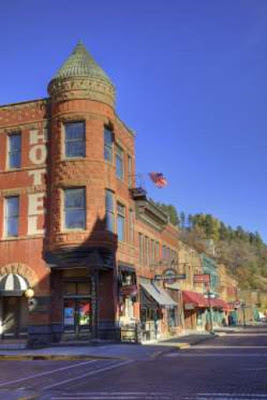











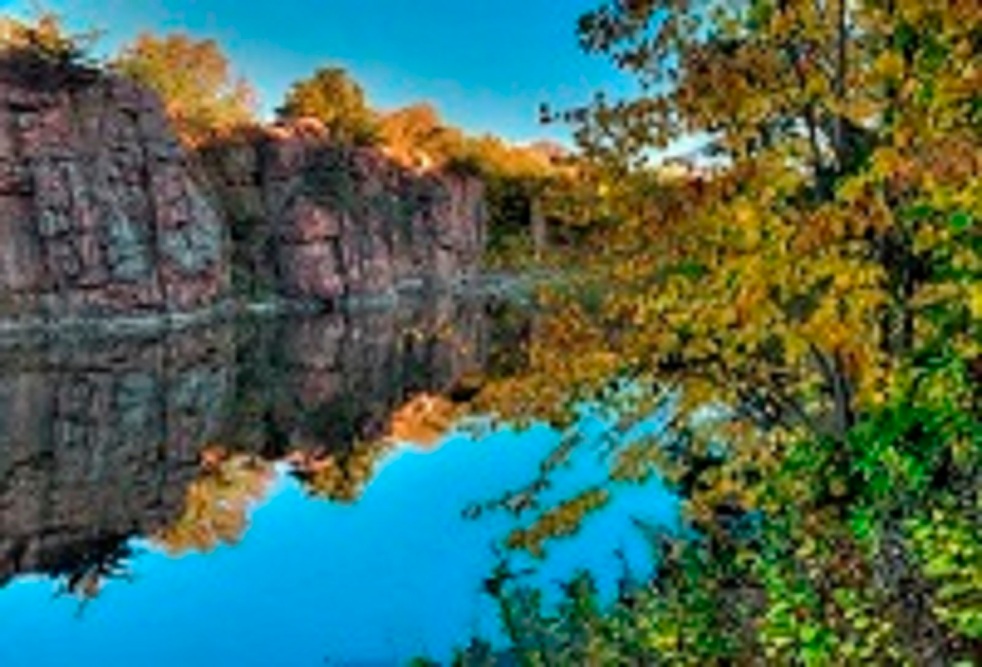











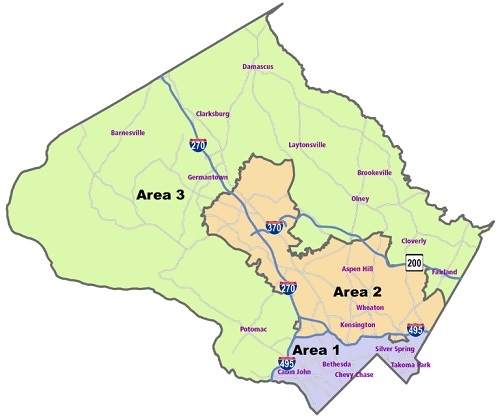


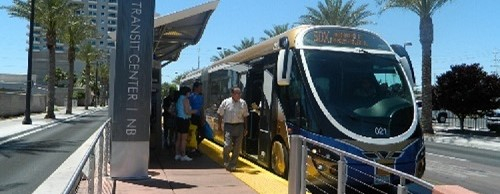


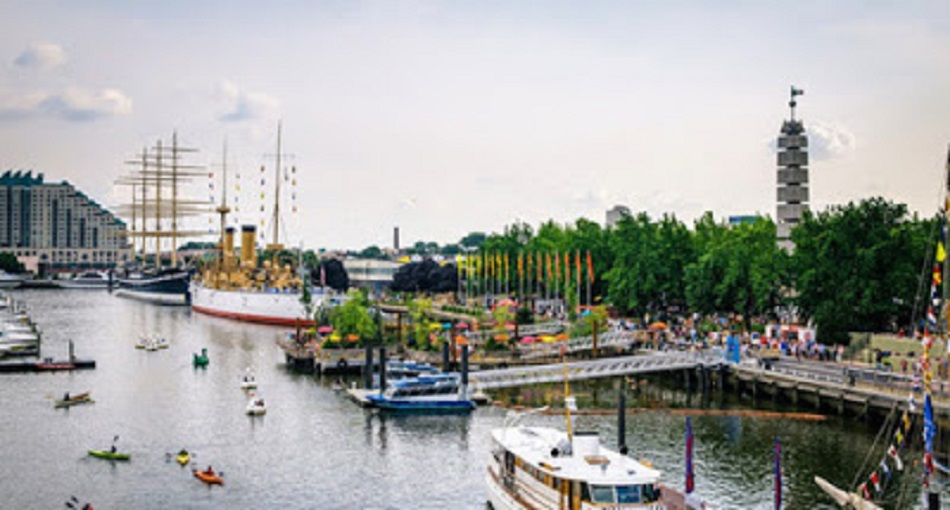
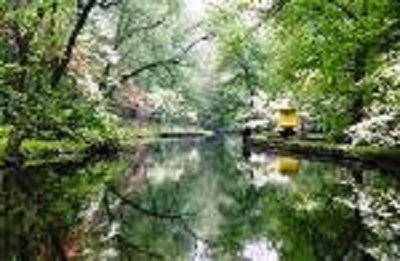


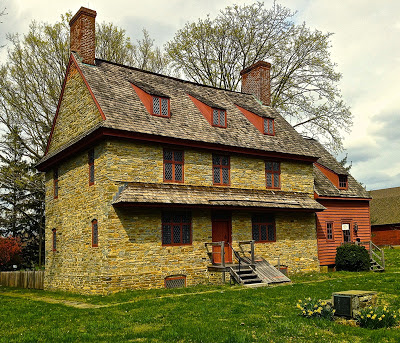

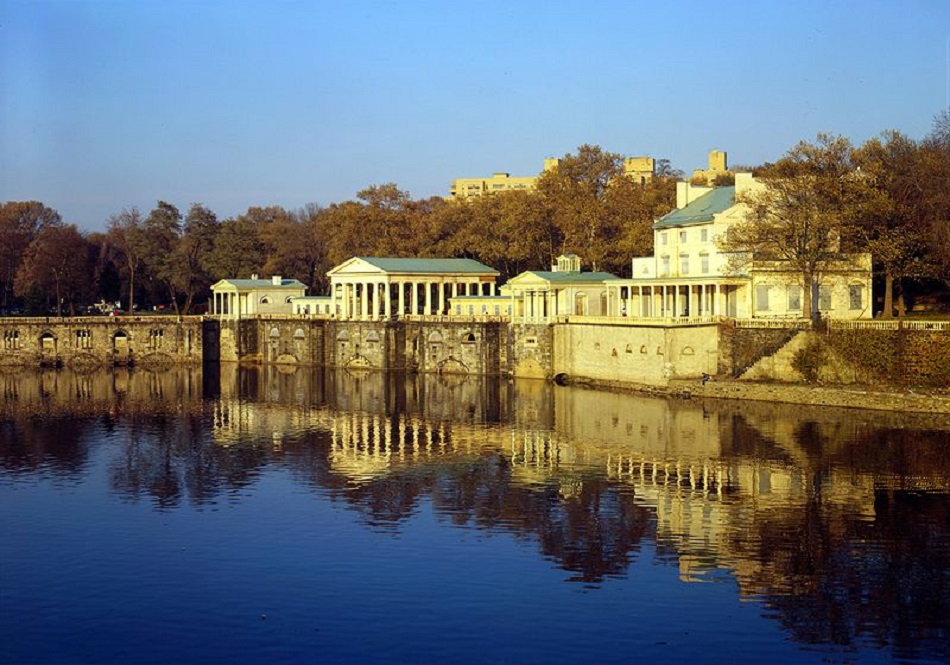
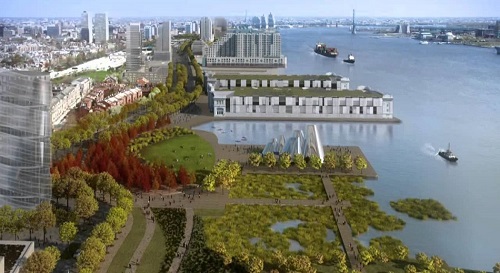 Brandywine Creek is a tributary of the Christina River in southeastern Pennsylvania and northern Delaware. The 20.4-mile Lower Brandywine is a designated Pennsylvania Scenic River with several tributary streams.
Brandywine Creek is a tributary of the Christina River in southeastern Pennsylvania and northern Delaware. The 20.4-mile Lower Brandywine is a designated Pennsylvania Scenic River with several tributary streams. Wine Trails some of Pennsylvania’s vineyards are at the highest elevation east of the Rocky Mountains, while others are in the river valleys of the southeast corner of the state and is one of the top grape-growing states and consistently ranks in the top 10 for wine production, including:
Wine Trails some of Pennsylvania’s vineyards are at the highest elevation east of the Rocky Mountains, while others are in the river valleys of the southeast corner of the state and is one of the top grape-growing states and consistently ranks in the top 10 for wine production, including: Environment Tours that focus on declining water quality, diminishing water supplies, vanishing agricultural land, loss of historic character, wildlife habitat degradation, and threatened biological resources. Learn to:
Environment Tours that focus on declining water quality, diminishing water supplies, vanishing agricultural land, loss of historic character, wildlife habitat degradation, and threatened biological resources. Learn to:


 Georgetown is located 30 miles from Austin on the northeastern edge of Texas Hill Country. Portions of the town are located on either side of the Balcones Escarpment, a fault line characterized by black, fertile soils of the Black land Prairie, with the west side consisting of hilly, limestone karst formations.
Georgetown is located 30 miles from Austin on the northeastern edge of Texas Hill Country. Portions of the town are located on either side of the Balcones Escarpment, a fault line characterized by black, fertile soils of the Black land Prairie, with the west side consisting of hilly, limestone karst formations. History the earliest known historical occupants of the county, the Tonkawas, were a flint-working, hunting people who followed buffalo on foot and periodically set fire to the prairie to aid them in their hunts. During the 18th century, they made the transition to a horse culture and used firearms. The town was named for George Washington Glasscock who donated the land for the new community; the early American and Swedish pioneers were attracted to the area’s abundance of timber and clear water.
History the earliest known historical occupants of the county, the Tonkawas, were a flint-working, hunting people who followed buffalo on foot and periodically set fire to the prairie to aid them in their hunts. During the 18th century, they made the transition to a horse culture and used firearms. The town was named for George Washington Glasscock who donated the land for the new community; the early American and Swedish pioneers were attracted to the area’s abundance of timber and clear water. Southwestern University the Oldest University in Texas is one-half Mile from the Historic Square
Southwestern University the Oldest University in Texas is one-half Mile from the Historic Square Population growth and industrial expansion continued modestly in the 20th century until about 1960, when residential, commercial, and industrial development, due to major growth and urban expansion of nearby Austin, greatly accelerated. Currently, Georgetown is served by the appropriately named Georgetown Railroad, a short line railroad that connects with the Union Pacific Railroad at Round Rock and at Granger.
Population growth and industrial expansion continued modestly in the 20th century until about 1960, when residential, commercial, and industrial development, due to major growth and urban expansion of nearby Austin, greatly accelerated. Currently, Georgetown is served by the appropriately named Georgetown Railroad, a short line railroad that connects with the Union Pacific Railroad at Round Rock and at Granger. Connect for Travel to Georgetown and Texas
Connect for Travel to Georgetown and Texas

 The Smithsonian is an educational foundation chartered by Congress in 1846 that maintains most of the nation’s official museums and galleries in Washington, D.C. The U.S. government partially funds the Smithsonian, thus making its collections open to the public free of charge. The most visited of the Smithsonian museums in 2007 was the Museum of Natural History located on the National Mall. Other Smithsonian Institution museums and galleries located on the mall are: The Air and Space Museum; the Museum of African art; the Museum of American History; and the Smithsonian Institution Building, also known as “The Castle”, which serves as the institution’s headquarters.
The Smithsonian is an educational foundation chartered by Congress in 1846 that maintains most of the nation’s official museums and galleries in Washington, D.C. The U.S. government partially funds the Smithsonian, thus making its collections open to the public free of charge. The most visited of the Smithsonian museums in 2007 was the Museum of Natural History located on the National Mall. Other Smithsonian Institution museums and galleries located on the mall are: The Air and Space Museum; the Museum of African art; the Museum of American History; and the Smithsonian Institution Building, also known as “The Castle”, which serves as the institution’s headquarters. Performing arts and music Washington, D.C. is a national center for the arts. The John F Kennedy Center for the Performing Arts is home to the National Symphony Orchestra, the National Opera, and the Washington Ballet. Washington also has a local independent theater tradition. Institutions such as Arena Stage, and the Studio Theatre feature classic works and new American plays.
Performing arts and music Washington, D.C. is a national center for the arts. The John F Kennedy Center for the Performing Arts is home to the National Symphony Orchestra, the National Opera, and the Washington Ballet. Washington also has a local independent theater tradition. Institutions such as Arena Stage, and the Studio Theatre feature classic works and new American plays. Anacostia River Watershed 176 square mile area of land encompasses most of the eastern half of the District of Columbia and large portions of Prince George’s County and Montgomery County in Maryland. The Anacostia has 13 major tributary creeks and streams – many with their own sub-watershed citizen advocacy groups; it starts near Bladensburg, MD, and runs for 8.5 miles before meeting the Potomac River at Hains Point in Washington, DC.
Anacostia River Watershed 176 square mile area of land encompasses most of the eastern half of the District of Columbia and large portions of Prince George’s County and Montgomery County in Maryland. The Anacostia has 13 major tributary creeks and streams – many with their own sub-watershed citizen advocacy groups; it starts near Bladensburg, MD, and runs for 8.5 miles before meeting the Potomac River at Hains Point in Washington, DC. An Anglo-Palladian mansion featuring some of the best woodcarving and plasterwork in America
An Anglo-Palladian mansion featuring some of the best woodcarving and plasterwork in America Historic Ships in Baltimore’s half-day programs provide an immersive hands-on historic experience with a twenty-first century applicability that encourages team-work, problem solving, and learning. Each program provides introductory ship tours, after which students focus on two areas of the ship and begin to develop a more specialized vocabulary and skill set. At the end of their 2 ½-hour program, learning is reinforced in a written exercise and assessment. Assessment results are forwarded to the teacher. Each program provides a uniquely different approach toward reading, listening, development and reinforcement, involve hands-on activities and are fun, including a live-firing of one of the USS Constellation’s cannons.
Historic Ships in Baltimore’s half-day programs provide an immersive hands-on historic experience with a twenty-first century applicability that encourages team-work, problem solving, and learning. Each program provides introductory ship tours, after which students focus on two areas of the ship and begin to develop a more specialized vocabulary and skill set. At the end of their 2 ½-hour program, learning is reinforced in a written exercise and assessment. Assessment results are forwarded to the teacher. Each program provides a uniquely different approach toward reading, listening, development and reinforcement, involve hands-on activities and are fun, including a live-firing of one of the USS Constellation’s cannons. These Experiences have placed the Brandywine Valley communities in the forefront of responsible land use, open space preservation and water protection with a focus on integrating conservation with economic development through land stewardship and local government assistance programs working with individuals, state, county and municipal governments and private organizations to permanently protect and conserve natural, cultural and scenic resources.
These Experiences have placed the Brandywine Valley communities in the forefront of responsible land use, open space preservation and water protection with a focus on integrating conservation with economic development through land stewardship and local government assistance programs working with individuals, state, county and municipal governments and private organizations to permanently protect and conserve natural, cultural and scenic resources.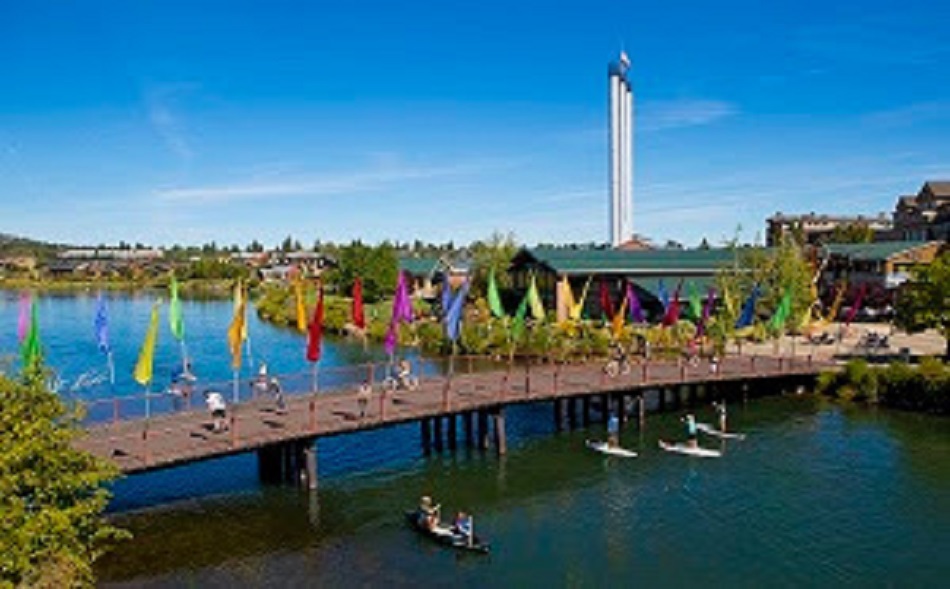
 Sustainable Communities are created by addressing resource protection climate change air and water quality human health and well-being
Sustainable Communities are created by addressing resource protection climate change air and water quality human health and well-being urbanization, traffic gridlock, population increases, community migrations
urbanization, traffic gridlock, population increases, community migrations Governments at all levels are engineering political solutions:
Governments at all levels are engineering political solutions: At the dawn of the 20th Century only 14 percent of the world’s population lived in cities; by 2025, 75 percent will be in urban settings. There are already 468 cities with over a million in population; 40 of these cities have more than 10 million residents.
At the dawn of the 20th Century only 14 percent of the world’s population lived in cities; by 2025, 75 percent will be in urban settings. There are already 468 cities with over a million in population; 40 of these cities have more than 10 million residents.